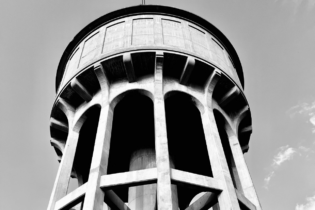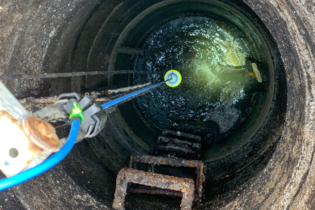Acid mine drainage, municipal water losses and farmers’ unlawful water use were each independently putting the Vaal River system at risk, the Department of Water Affairs said yesterday.
The Vaal River system is crucial to South Africa’s wellbeing as it supplies water to 60% of the country’s economy and 45% of the population, including Gauteng, the mines and industry on the Mpumalanga highveld, the bulk of Eskom’s coal-fired power stations, the North West and Free State gold fields and Kimberley. It is projected that South Africa could run out of water by 2025 and Gauteng — South Africa’s and Africa’s economic hub — as early as 2015. In order to sustain supply to the system, South Africa needed to, among other things, eradicate unlawful irrigation by next year and implement the second phase of the Lesotho Highlands Water Project so that it delivers water to the Vaal River system by 2020. South Africa would also need to treat mine effluent to potable standard and “optimise the reuse of return flows over the longer term”, the system’s strategy steering committee said in a report back on a meeting. Unlawful irrigation was putting the Vaal system’s supply balance at “significant risk”, the department said.Department of Water Affairs spokeswoman Linda Page said last year unlawful water use in the system was estimated at 244-million cubic metres and “we know that the biggest culprits are farmers in this area”.
Ms Page said that while “good progress had been made with the validation and verification of water use in all three of the Vaal water management areas”, the target for the eradication of unlawful water use would not be met as planned by the end of this year. Instead, the department aimed “to address two-thirds of possible unlawful use by May 2013 and the remainder soon thereafter”. “Nonrevenue water” — water not billed for by municipalities through loss and errors — comprised about 36% of total water use, or about 1.5-million cubic metres a year, according to the latest figures, she said. “Curbing water losses from municipal water supply systems remains a key strategic action. To drive this intervention the department has set a target of saving a total of 15% by 2015 (Project 2015) based on individual targets that were set for all the municipalities,” the department said in a statement. Mthobeli Kolisa, the municipal infrastructure services executive director at the South African Local Government Association, said the association wanted an “infrastructure refurbishment fund” to help it leverage private-sector investment. There was a R33 billion electricity maintenance backlog, much of which municipalities had to find via tariffs. Source: BusinessDayblaines@bdfm.co.za







